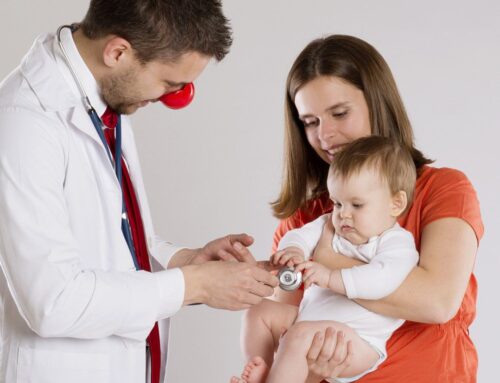It’s that time of year when parents start getting notices from schools about the latest contagious diseases going around the classroom. Young children have trouble communicating their symptoms, and infants and toddlers require you to interpret the symptoms yourself. If you have worries or doubts, you can visit the pediatrician or bring your child to urgent care. As you get used to what sounds normal and what sounds odd, you may worry less and feel more confident in your ability to care for your child.
Coughs that Might Mean Trouble
Croup, also known as a barking seal cough, is usually caused by a viral infection. It may be accompanied by a fever, and should be treated with fluids and rest. Call your child’s doctor if it doesn’t improve with treatment, or if the fever rises to dangerous levels and does not respond to treatment.
Whooping Cough, also known as pertussis, causes coughing fits that worsen over time and leave your child short of breath. A single coughing fit might be due to sinuses draining or an irritant in the air, but multiple fits that worsen over time and keep your child awake at night could indicate whooping cough. Whooping cough requires urgent treatment.
Coughs that Probably Aren’t Emergencies
Wet Coughs, also known as productive coughs, sound like hard work because your child’s coughs are effectively pushing excess mucus out of their system. They may experience some nausea or soft stools if they swallow phlegm or if their sinuses are draining.
Dry Coughs indicate an irritated respiratory tract. This can be due to dry air, allergens, secondhand smoke, asthma, or an infection of the lower respiratory tract. Try placing a humidifier in the child’s room, and remove irritants such as dust and smoke.
The common cold sometimes takes weeks to clear up. If your child’s symptoms aren’t improving after several days, it could be a persistent cold, or it may indicate allergies, asthma, or a secondary infection.





